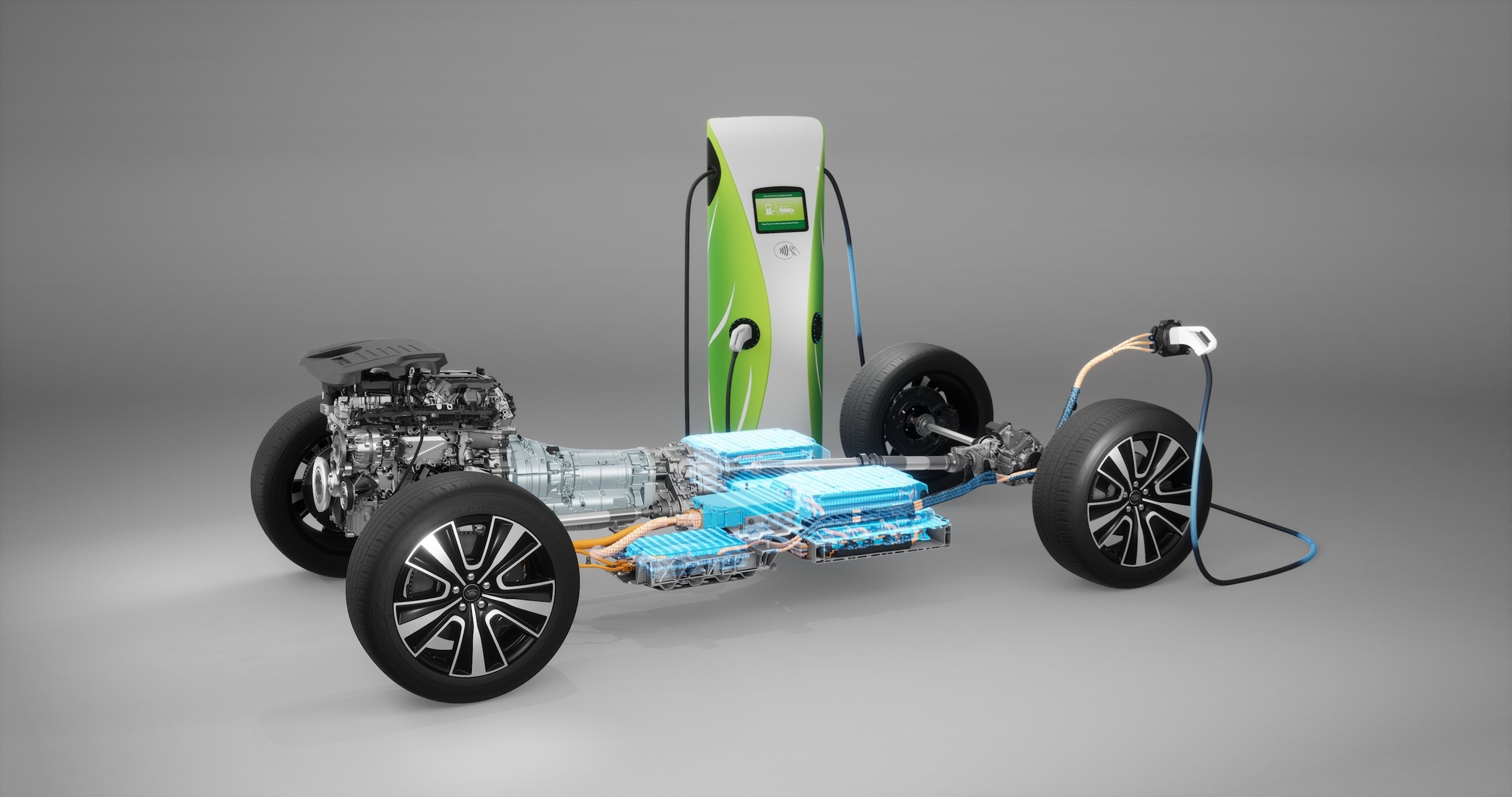
When talk of electric cars first started, things were simple - if someone spoke of an electric car, you knew it was silent, quick, efficient, and good for the environment, broadly speaking. But lately, manufacturers are making pledges towards to the future, and the waters are being muddied with all sorts of terminology. The biggest commonality you'll find is that they are beginning to refer to their model lineups being electrified, not electric, by certain dates. It's easy to think they mean they'll be going fully electric, but the term 'electrified' actually applies to a far broader classification of vehicles, including mild-hybrid, hybrid, plug-in hybrid battery electric, and even hydrogen fuel cell vehicles.
But what do each of these mean? Let us explain.
Mild Hybrid Electric Vehicle (MHEV)
MHEVs are the least electrified kind of hybrid you can buy. They typically feature a 24- or 48-volt electric system that operates engine ancillaries like aircon, lighting, active suspension systems, and more, reducing strain on the engine and alternator systems of a traditional combustion vehicle. Modern MHEVs take things a step further, usually with a very small electric motor between the engine and the gearbox. This is not massively powerful, but it acts as a means of starting the engine in conjunction with a typical start/stop system, as well as aiding torque delivery at very low speeds - where combustion engines are not in their ideal operating range and are thus least efficient. It lets the engine switch off under very low-load situations when it would consume fuel to idle, like when braking or standing still.
These systems have a very small battery and do not need to be plugged in to be recharged, and importantly do not augment a car's power figures.
Hybrid Electric Vehicle (HEV)
The most traditional form of hybridization, the HEV combines electric assistance with a small and often less-powerful combustion engine for impressive fuel economy as its primary goal. In this instance, the electric motor is responsible for additional driving power, and HEVs will automatically swap between combustion and electric propulsion depending on the driving situation, often relying on electricity only for low- to medium-speed driving. This type of hybrid system has a small electric range and relies on regenerative braking and the engine itself to charge when it's needed in small doses. It has a small battery pack to power the electric motor.
These are the most common type of hybrid vehicles.
Plug-In Hybrid Electric Vehicle (PHEV)
Despite its name, a PHEV is not actually an electric vehicle. Instead, it advances on the principles of a regular HEV with a larger battery that can be plugged into a home socket or charging station. The larger battery enables PHEVs to have a small electric range and a dedicated EV-only mode, usually catering to driving up to highway speeds. PHEVs are considered the best of both worlds, as they have around 20 miles, or sometimes more, of electric range for city driving and short commutes, while the combustion engine lets you complete long journeys and road trips without long recharging stops and other frustrations commonly associated with full-electric vehicles.
PHEVs are also often strong performers. While some use the same electric motors as their HEV counterparts, because of the larger battery capacity, they can also pair with stronger electric motors for enhanced performance. Some manufacturers, from luxury to supercar makers, are using plug-in hybrid technology as the next step in performance with a clean conscience.
Battery Electric Vehicle (BEV)
This is the one most people think of when they hear the phrase 'electric vehicle.' BEVs have no combustion engine whatsoever and instead rely on between one and four electric motors, depending on the application, in conjunction with a much larger battery pack than any other vehicle on this list. They are considered zero-tailpipe emissions vehicles and, for that reason, are typically regarded as cleaner vehicles than their hybrid counterparts. For most of the population, their limited range is still more than required for most weekly commutes, making them ideal for a large number of people. However, they are still in a relative stage of infancy, and as such, charging infrastructure is currently scarcer than gas stations; this is changing rapidly.
They take a lot longer to charge - for now, at least - that an ICE or hybrid vehicle takes to re-gas, and the battery packs typically make them quite heavy. However, electric power is highly efficient, provides excellent performance, and does not suffer losses at altitude.
Fuel Cell Electric Vehicle (FCEV)
What if you could have the benefits of electric power and efficiency with the convenience of five-minute refueling sessions as you would in a gasoline car? Well, FCEVs seem to strike that perfect balance. Utilizing the same electric motors as hybrids and EVs, FCEVs have the benefits of rapid acceleration and high levels of efficiency. But instead of a large battery pack, they use smaller ones and pair these with something called a fuel cell. A fuel cell uses a chemical reaction to bond hydrogen and oxygen together, creating electricity in the process and emitting nothing but water. The downsides are that green hydrogen - or hydrogen harvested without negative impact on the environment - is somewhat costly at present and that the hydrogen tanks are not very compact, eating into storage space. Refueling infrastructure is also highly limited, which is why the very few FCEVs sold in America are limited to just a couple of states like California.
Many automakers are keeping the door open to hydrogen technology and continue to develop FCEVs alongside their future EVs.

